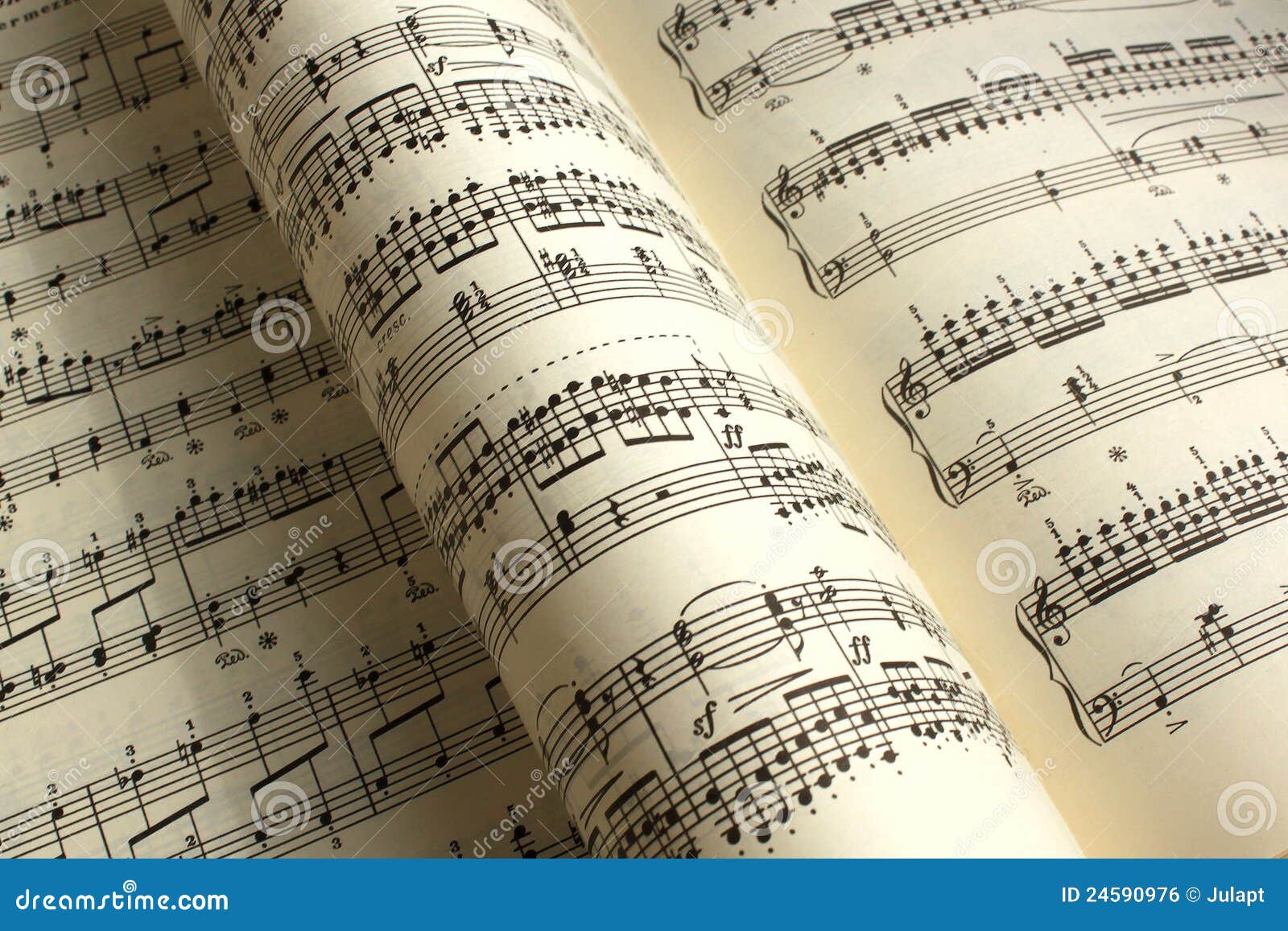

A thirty-second note ( demisemiquaver ) is ⅛ of a beat.It takes sixteen of them to complete a measure! A sixteenth note ( semiquaver ) is ¼ of a beat.It takes eight of them to complete a measure. An eighth note ( quaver ) is 1/2 of a beat.

QUAVER IN MUSIC FULL
A quarter note ( crochet ) is 1 beat or a quarter of a measure, meaning that four quarter notes are needed to complete a full 4/4 measure!.A half note ( minim ) is 2 beats or half of a measure.A whole note ( semibreve ) lasts 4 beats, or a whole measure of 4/4 time (the most commonly used time signature).Below, you can see how the American fraction-based system works and compare the music note names to the British Latin-based names! Eventually, this also influenced the American system. They standardized new terminology for their cultures, including music and its naming systems – many of these new naming systems were based on fractions. These Protestant countries pushed for their own languages to have more importance in religion and government. After this Latin fell out of style in newly Protestant countries like Germany. Then the Protestant Reformation happened. Eventually shorter notes emerged in the 1300s, like the semibreve (whole note) and then the minim (half note), which was considered to be the shortest music note at the time! We know now that the notes can get much shorter. These notes have all fallen out of use in most modern music. Some of the different notes that existed first were the maxima (large or octuple whole note), the longa (long or quadruple whole note), and the breve (brief or double whole note). Masses and prayers were largely sung in Latin, and even if someone couldn’t speak Latin themselves, they could learn to sing along.Īround 1250, a German music theorist named Franco of Cologne created a new system of notation that used squares and diamonds to indicate note durations. Some of the earliest Western Classical composers were monks and nuns (shout out to Hildegard von Bingen!). Most of Europe at the time was Roman Catholic, and the Roman Catholic Church used Latin. This makes sense considering that in the early days of modern musical notation (around 1000-1200 AD/CE), music was very important to religion. Music terminology from the United Kingdom, such as breve, crotchet, quaver, minim, has its roots in Latin. If you’re a student somewhere else, you might think that this music note makes a different sound than “ti”, but did you know that in some places the eighth note has a different name too? If you’re from the United Kingdom, you probably call this music note a “quaver!” Different countries have different musical terminology, which makes sense when different languages are spoken, but why are there TWO systems for English-speaking countries? Beyond the Quaver: Where (and When) Music Terms Came From If you study music in the United States, then you know that we call this an “eighth note”, and as a Hoffman Academy student, you know that it makes the sound “ti”. In Unicode, the symbols U+266A (♪) and U+266B (♫) are an eighth note and beamed pair of eighth notes respectively.What is a quaver in music? Learn about quavers and discover other music note names below A related symbol is the eighth rest (or quaver rest), which denotes a silence for the same duration. In vocal music, a middle-line notehead extends upward instead of downward. The tails are 'beamed', or joined together at the top when there are two or more next to each other - like in the example above right. Quavers in music notation are written with a black note head, a stem and a tail. What does a quaver look like?Ī quaver is a musical note that lasting for half a beat of music. Eighth notes (quavers) are 1/2 beat, or 1/8 of a measure. Quarter notes (crochets) are 1 beat or a quarter of a measure. Now, we have got the complete detailed explanation and answer for everyone, who is interested! This is a question our experts keep getting from time to time.


 0 kommentar(er)
0 kommentar(er)
